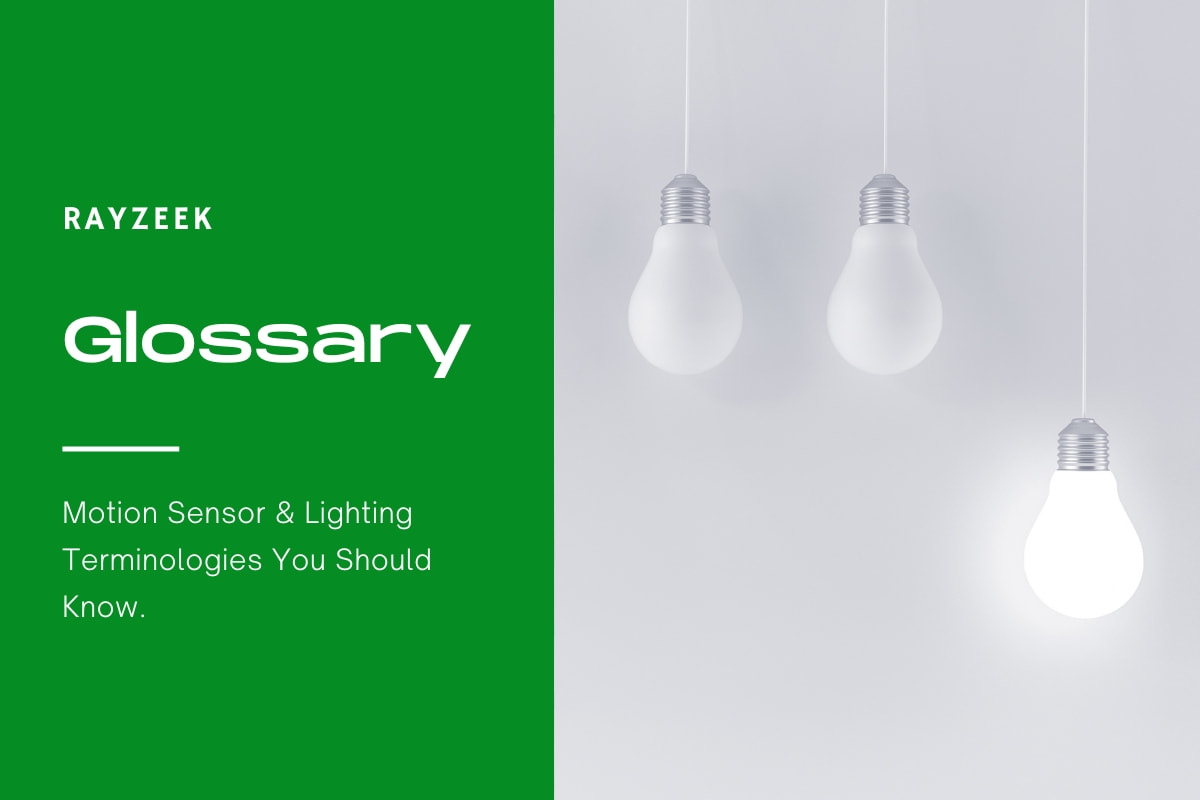What is Mounting Height
Mounting height is the vertical distance from a reference plane (such as the floor or work plane) to a luminaire or the plane of the ceiling for recessed luminaires. It is an important parameter used in lighting design and calculation. The mounting height is typically measured from the ground or mounting surface to the bottom of the luminaire. It is crucial to specify the luminaire reference location, such as the bottom or light center, to avoid any ambiguities.
Get Inspired by Rayzeek Motion Sensor Portfolios.
Doesn't find what you want? Don't worry. There are always alternate ways to solve your problems. Maybe one of our portfolios can help.
Mounting height determines the distribution of light and the overall effectiveness of the lighting system. It affects factors such as illumination level, uniformity, and glare control. The appropriate mounting height for a specific application depends on various factors, including the type of fixture, the intended purpose of the lighting, and the specific requirements of the space.
In outdoor lighting applications, the mounting height is often determined based on the desired lighting levels and the area to be illuminated. For example, in roadway lighting, it is typically set to provide adequate visibility for drivers while minimizing glare and light trespass. In parking lot lighting, the it may be adjusted to ensure sufficient illumination for safety and security.
Maybe You Are Interested In
Frequently Asked Questions
What Is the Height of Exterior Lights
Lighting experts typically recommend positioning exterior lights, such as front and back porch lights, slightly above eye level for optimal functionality. This is typically achieved by placing the lights at a height ranging from 65 to 67 inches above the ground or porch floor.
What Height Should Wall Lights Be in a Kitchen
How high should I hang a wall light in a kitchen? As a general guideline, it is recommended to position your wall lights approximately 152cms or 60″ above the floor level.
What Is the Average Height of Lighting
The average height of lamp posts used for public street illumination can vary between 8 feet and 50 feet. Lamp posts that are shorter, ranging from approximately 5 feet to 9 feet, are commonly used to illuminate gardens for both home security and decoration purposes.
Where Should Outdoor Lights Be Placed
Ideally, outdoor lights should be strategically placed in areas that are frequently used or accessed at night, such as near porches or garage entrances. Exterior wall lights can be installed next to a porch, in front of a garage, at a side door, or on a rear wall, depending on the specific access points and layout of the building.
How Far Should Lights Be Placed
A general guideline is to divide the height of your ceiling by 2 to determine the distance between each light. However, it is important to avoid placing the lights more than 6 feet apart, as this can diminish their effectiveness. Mini downlights are an excellent choice for illuminating the perimeter and smaller areas within spacious rooms.
What Is the Standard Height for Up and Down Lights
As a general guideline, it is recommended to position your up and down lights approximately 152cm or 60″ above the floor level. In the case of a long hallway or corridor, it is advisable to space them around 250 to 300cm or 8′ to 10′ apart.
How Far From Front Door Should Porch Light Be
Lights should be positioned approximately 6 inches away from the door’s edge.

























